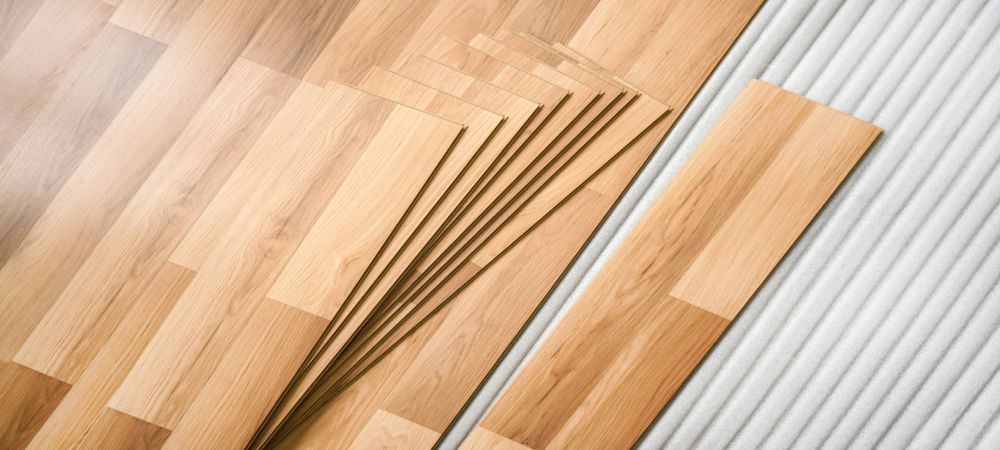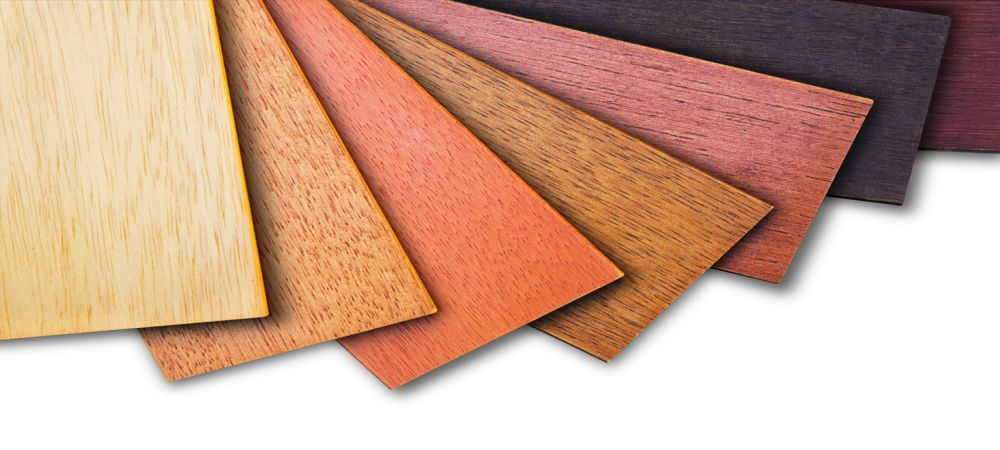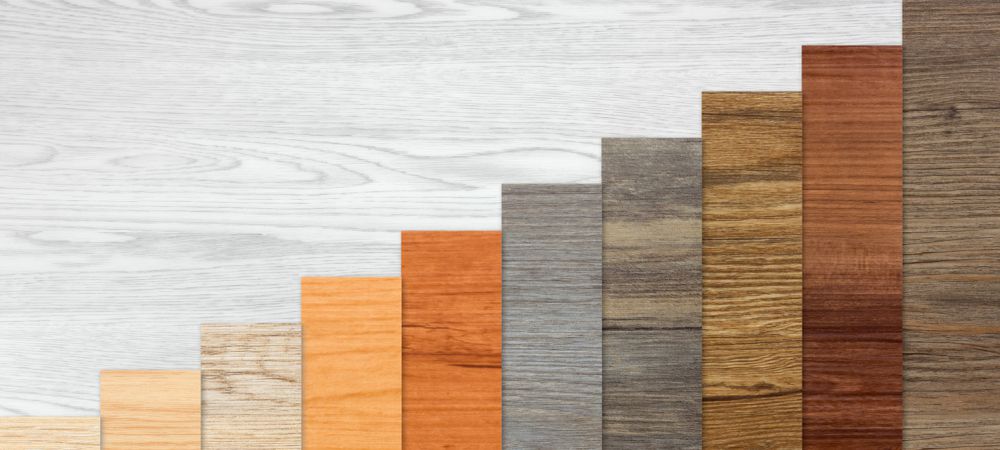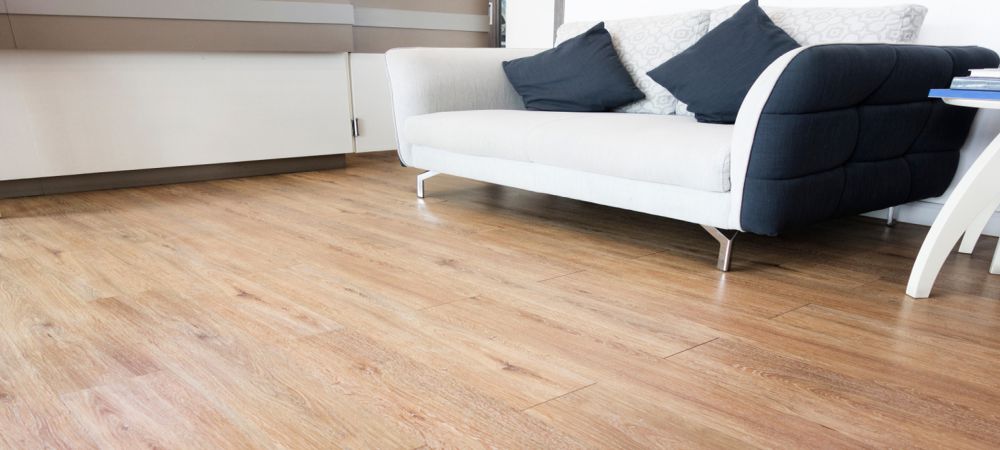White oak engineered hardwood flooring is one of the best flooring options for your home. It really doesn’t get classier than that. If you’re planning on installing white oak engineered hardwood flooring in your house, that’s a great plan!
Many people choose white oak engineered hardwood floors because of the apparent classy touch it adds to their homes. These floors are also durable; they can last for many years, even with unfriendly elements such as moisture. If done right, it will be an investment that’ll be worth every cent you spend on it.
However, as much as installing this flooring type is a good investment, you shouldn’t jump right into it. You need to consider many factors to make sure it’s the right move for your home or commercial space.
How much do you know about white oak engineered hardwood? Do you know the necessary conditions for its installation? In this blog, we will explore all you need to know about white oak engineered hardwood installation.
What is White Oak Engineered Hardwood?
Oak is a tree type that grows predominantly in most of North America, Europe and Africa. These trees are durable and versatile. That’s why they are useful for making top quality furniture and for other household uses.
White oak is a species of oak tree that looks whiter than other oak tree species. It’s pretty much the reason it is called the white oak. It is predominantly found in North America and is one of the sturdiest species of oaks. Thanks to these properties, it is mostly used for hardwood flooring and furniture.
Engineered hardwood is a mix of hardwood, plywood or fibreboards. The topmost layer of an engineered hardwood will be pure hardwood. However, it will have 6-8 layers of fibreboard or plywood beneath it.
Therefore, a white oak engineered hardwood is a hardwood material with white oak hardwood on its top layer and fibreboards below it. Each plank consists of a veneer of white oak hardwood on top of layers of fibreboards. The top layer of hardwood is glued or nailed together to the multiple layers of fibre boards to make a strong core.
White oak engineered hardwood flooring comes in varying thickness levels, depending on the number of layers it has. Most commercial white oak engineered hardwood floors have as many as five layers of fibreboard backing. That’s thick enough for most floors.

Should I Install White Oak Engineered Hardwood?
Will installing white oak engineered hardwood flooring be beneficial to me? It’s likely that you’re asking questions like this, contemplating all your options, trying to pick the best. Let’s make the decision easier for you.
White oak engineered hardwood is a great flooring option for most spaces. There are many other engineered hardwood flooring options out there. But very few of them can compare to white oak flooring.
In terms of aesthetics, quality, and durability, white oak engineered hardwood is right up there. It is also easy to maintain, can handle a lot of traffic and has enough grip to prevent slippery accidents. Should you install white oak engineered hardwood? We say it’ll be worth the money.
Related article: How Long Does It Take To Install Hardwood Flooring
7 Things to Consider Before Installing White Oak Engineered Hardwood
We get that you’re excited you’ve chosen white oak engineered hardwood floor finishing. That’s great but, there are some things you should consider before installing white oak engineered hardwood.
In considering these factors, you’ll be able to make decisions that will affect how well you enjoy your new flooring.
The type of room the floor is going in
White oak engineered hardwoods are versatile, and you can install them in most rooms. You can install them in rooms with varying humidity. You can even install them in the kitchen, laundry room, and other utility rooms. These are rooms where the internal temperature is continually changing.
White oak engineered hardwood has multiple layers. Therefore, it can handle a little bit of expansion and contraction caused by the temperature and humidity changes.
However, you don’t want to install it in the bathing room. The engineered hardwood will inevitably be subject to water splashes every day. This will affect the integrity of the panels and cause the material to weaken. It will not last very long in the bathroom.
Is there underfloor heating in the room?
Installing white oak engineered hardwood on a sub-floor with underfloor heating is okay. This is because engineered white oak hardwood has multiple layers of plywood or fibreboard panels. These panels have the flexibility to expand without cracking.
On the contrary, going for ordinary hardwood flooring is a flawed idea in this case. The heat will make the hardwood expand and cause it to crack. This process is a slow one, and it may take years to happen, but it often happens. When it happens, it will reduce the durability and life-span of the hardwood.
The type of subflooring in the building

This is an essential factor to consider before installing white oak engineered hardwood flooring. The sub-floor will affect the final installation of the wood floors.
It is crucial that you carefully inspect the subfloor to make sure of its structural integrity. This way, you can ensure it is strong enough to host the white oak engineered hardwood. Augment the strength of the subfloor if you discover that it isn’t strong enough. The white oak hardwood floor installation is only as strong as the sub-floor it’s on.
Plywood sub-flooring panels are good options for augmenting the integrity of the sub-floor. They’re economical, and they possess excellent strength as well as durability.
Lastly, make sure to thoroughly clean, dry and make the sub-floor uniformly before installing the white oak engineered hardwood. This will ensure that the final installation comes out correctly.
Related article: How to Install Laminate Flooring
Will you need to acclimate the flooring?
You should consider the humidity levels in your apartment before installing white oak engineered hardwood. You see, oak wood panels must have the same humidity as the environment you’ll install them in.
Take care not to install panels with a higher moisture content compared to the moisture in your apartment. This may lead to structural problems in the future due to shrinkage.
You can give the oak panels time to acclimate to the humidity in the environment. Bring the boards into the environment and leave them there for 10-14 days. That’s enough time for the panels to adjust and have a similar moisture content as the environment.
Your Budget
You’ll certainly get good value for your money if you select white oak engineered hardwood. However, you should only do it if you’re sure you can afford it without breaking the bank. It’s classy, beautiful, and durable, but you shouldn’t be going bankrupt over your flooring.
The price of most white oak engineered hardwood floors is reasonable. White oak is very common and easy to get in most parts of the North American continent. However, the prices still vary depending on the panels’ width and the number of layers it has. Wider panels with up to 9 layers will cost more than regular engineered hardwood panels.
Can you do it yourself?
If you decide to do it yourself, you should go for white oak engineered hardwood that can be floated. Having to glue, nail or staple down hardwood flooring can be challenging. But you can install floatable white oak engineered hardwood without any hassle.
It will be much easier and faster to hire professionals to do it for you. They have the skill and expertise to install all types of engineered white oak hardwood floors. Sure it will cost you a little bit, but you can rest assured that the installation results will last for a long time.
White oak or red oak

Yes, it’s always tricky to pick between white oak and red oak hardwood floors. Both are durable, beautiful and viable options for flooring. However, there are some differences between the two types of materials.
In terms of hardness m, white oak is superior to red oak. This is because the white oak is denser than the red oak. Also, the density of white oak makes it more suitable for furniture and building constructions. Nonetheless, both make excellent engineered hardwoods.
The grains and patterns on red oak floors are unique and usually more evident than those of the white oak. Also, the grain pattern on red oak flooring is more erratic. The white oak patterns are straight and tight, while red oak patterns tend to run in zig zags. If you want a brighter, studier hardwood flooring, the white oak engineered hardwood is what you want.
Benefits of Installing White Oak Engineered Hardwood Flooring
Wondering why you have to go through all of these considerations before making the purchase? The results of installing white oak hardwood floors are well worth it. Here’s what you can expect:
Contemporary looks that never gets old
White oak engineered hardwood floors have a modern look and feel to them. You see, the rings on the white oak hardwood grow close to each other. This gives it a uniform look with the linear mineral streaks. They all combine to provide it with a beautiful aesthetic.
Durability
This is one of the most obvious perks of white oak flooring. It has a decent hardness and can withstand dents and gouges. Even if something scratches it, the scratches will blend in with the design of the white oak.
Water resistance
White oak has pores that are clogged with tyloses, making it a closed-grain wood. Water or any liquid is never going to get through it.
This is why it is also widely used for boats and kitchen wares. However, you should endeavour to clean up spills as soon as possible — you don’t want to weaken the tyloses.
Good value for money
The price of white oak engineered hardwood is reasonable if we consider its quality. White oak hardwood is easy to find in Canada, the U.S.A and most of North America. This makes it easy to find the raw materials for making the complete engineered white oak hardwood floors.
More-shade options
White oak is the perfect canvas for stains and reactive treatments. The pores of the white oak thoroughly absorb all forms of stains. The darker colours also give the floor a rich and ever-improving hue.
Finally, white oak has a subtle, neutral colour that complements most understated shades like grey. Over time, your white oak will absorb many stains and reflect a deeper hue than its original colour.

Comfortable texture
White oak flooring has a blander palette than other hardwood materials, so it’s easier to spot the imperfections in it. These imperfections, such as knotholes and graining, gives it an exciting feel.
If you want that comfortable farmhouse feel, this is the best choice for you. The graining of the white oak hardwood makes it more comfortable than many other hardwood options.
Conclusion
Installing white oak engineered hardwood in your apartment will add a touch of class and elegance to the apartment. You don’t have to do it if the financial burden will be too heavy. Also, there are other factors you should consider before going for it. But regardless, it is a good choice for your home or commercial space.
Now that you’ve decided to go for a white oak engineered floor finish, do you know which style to pick? Check out LV Flooring’s collection of engineered white oak hardwood floors. They come in different styles and designs; you’re sure to find something of your taste there.
Related article: What is the Best Way to Install Hardwood Floors?


